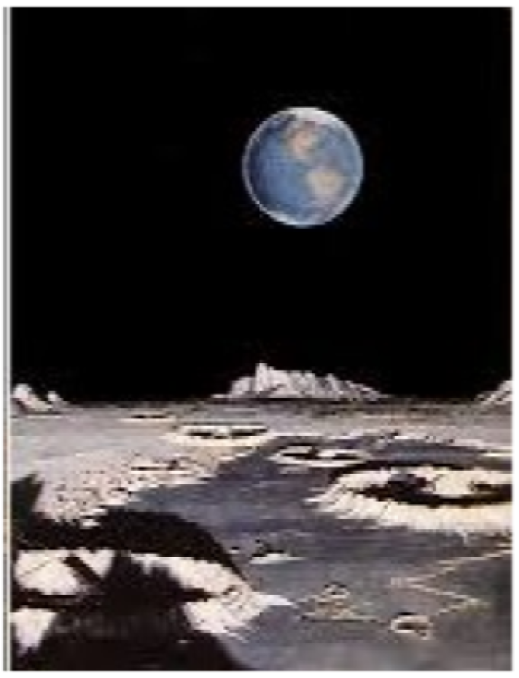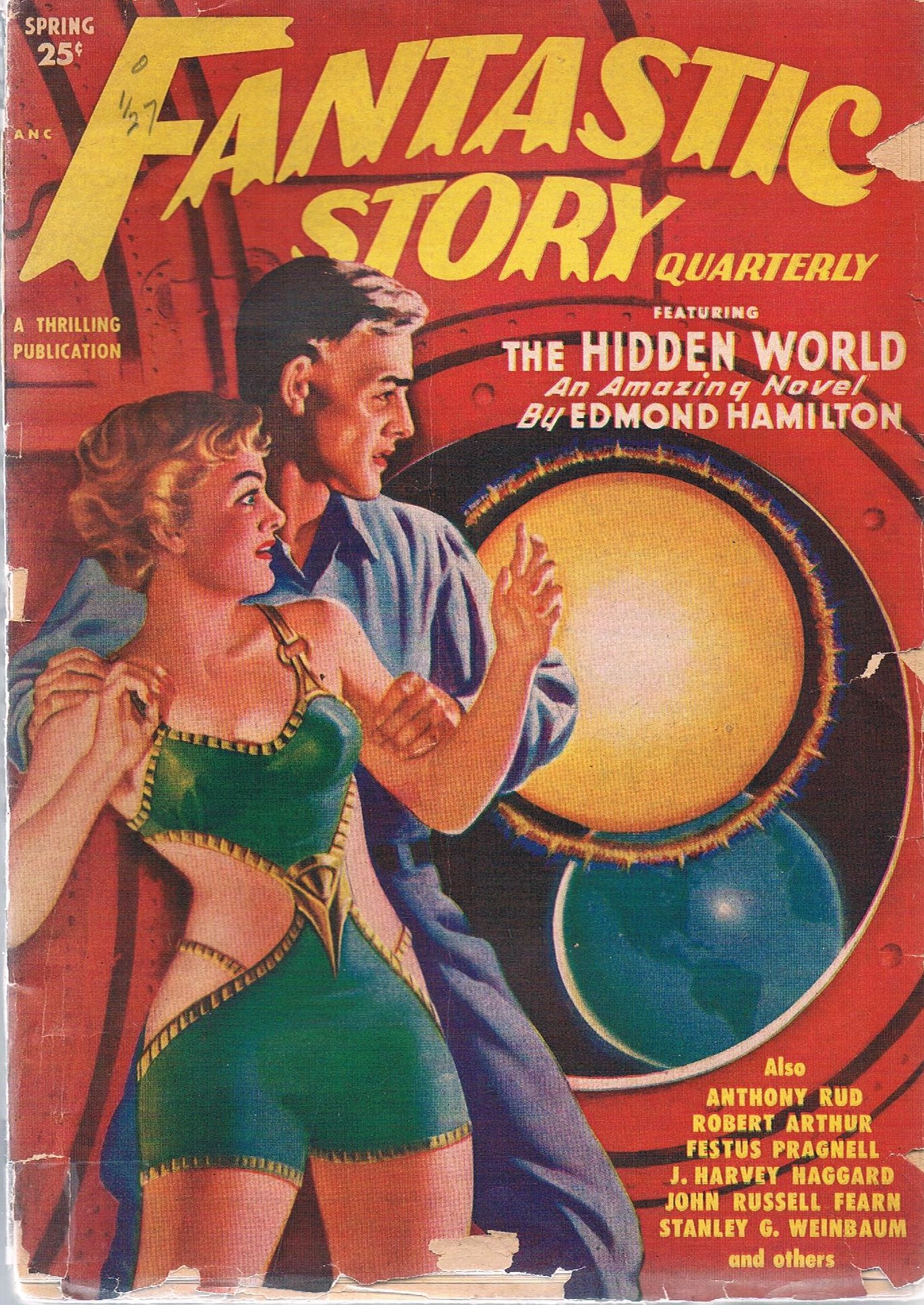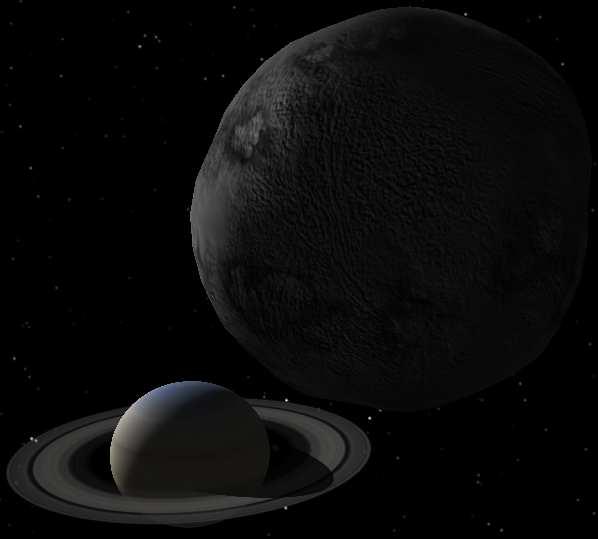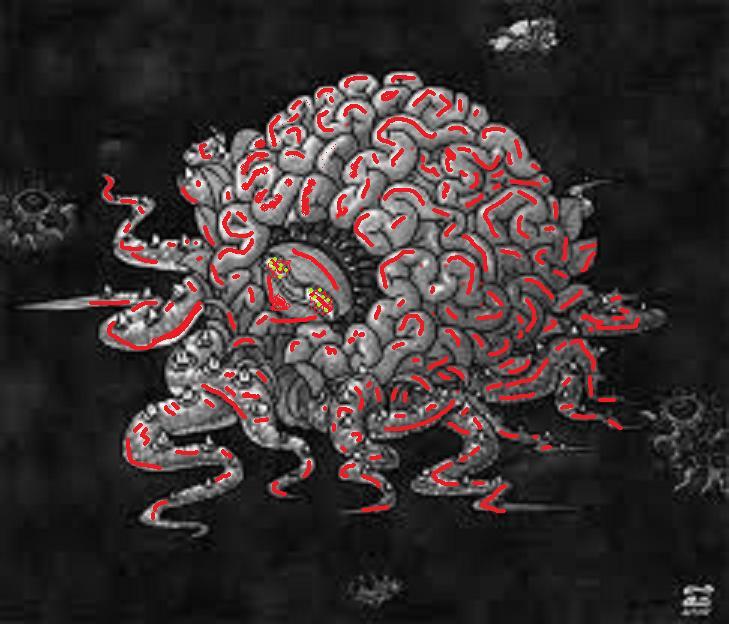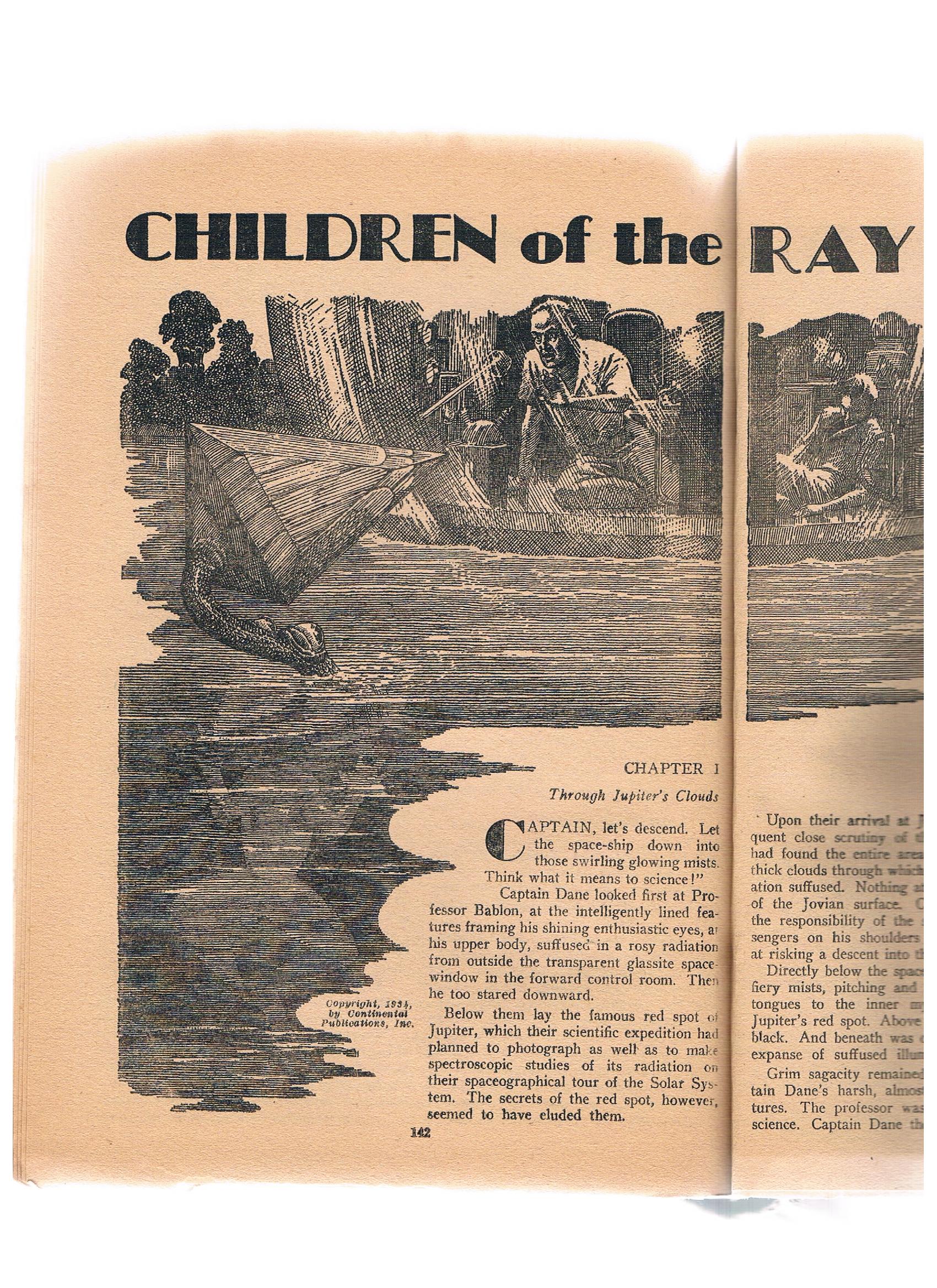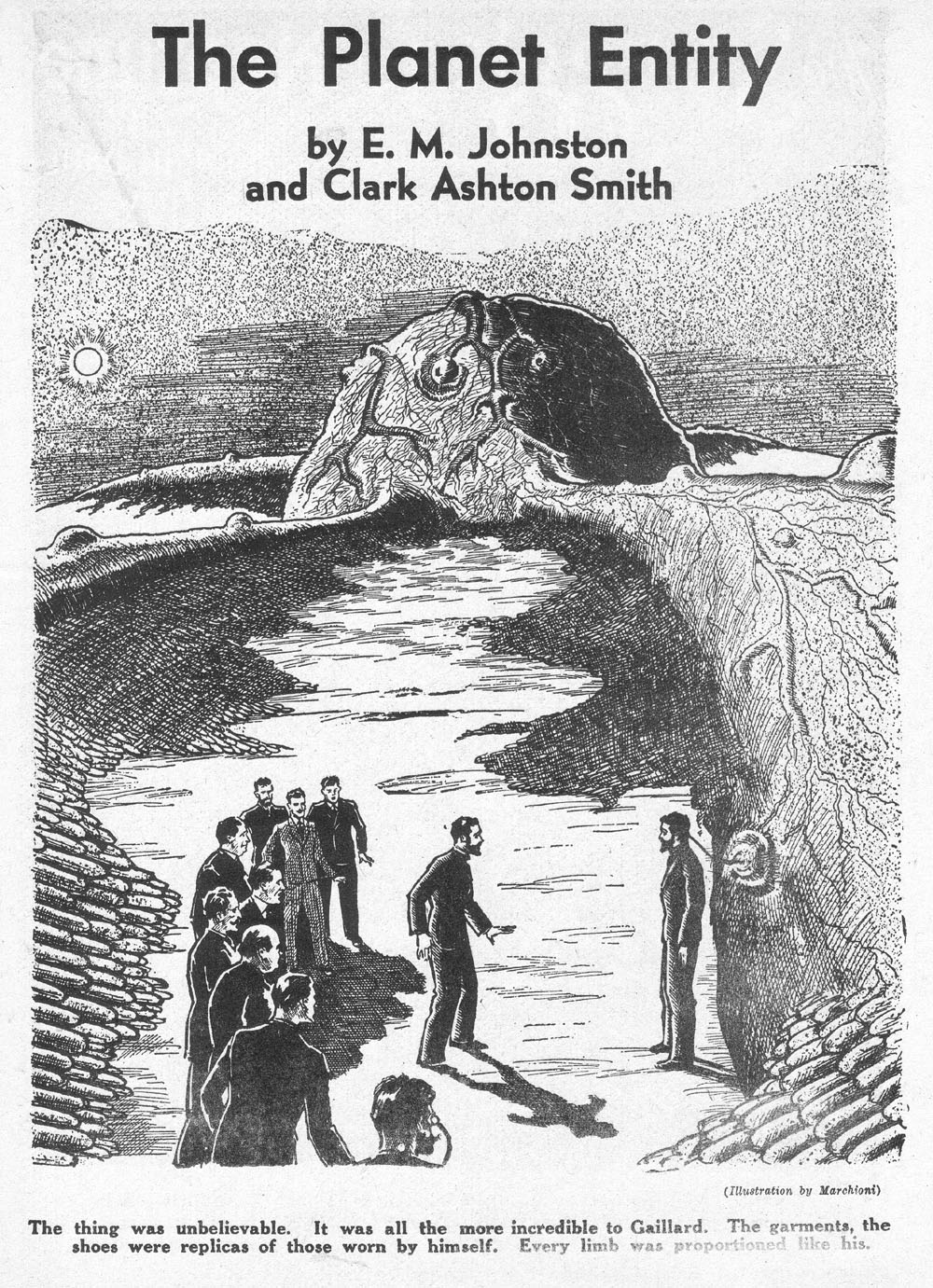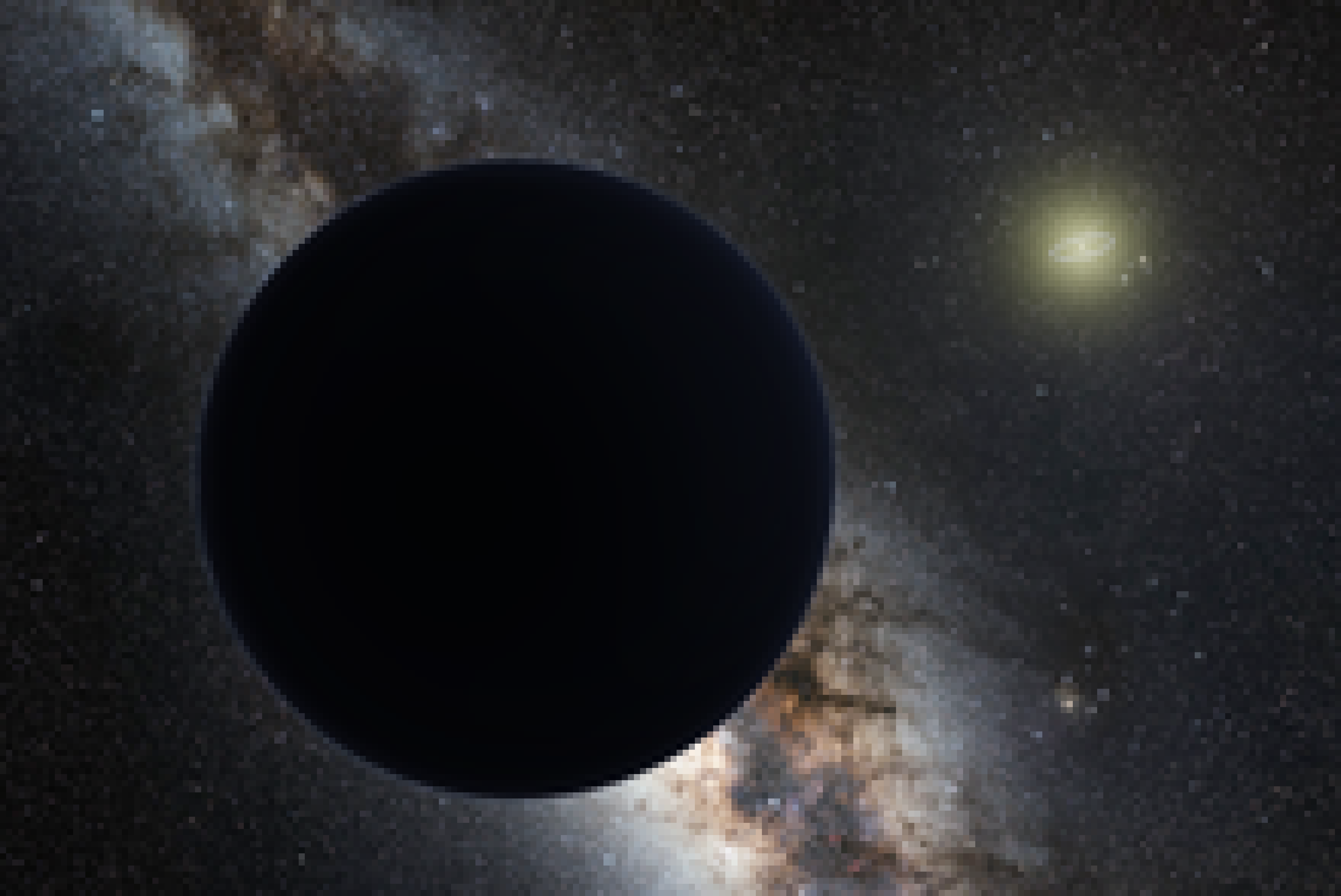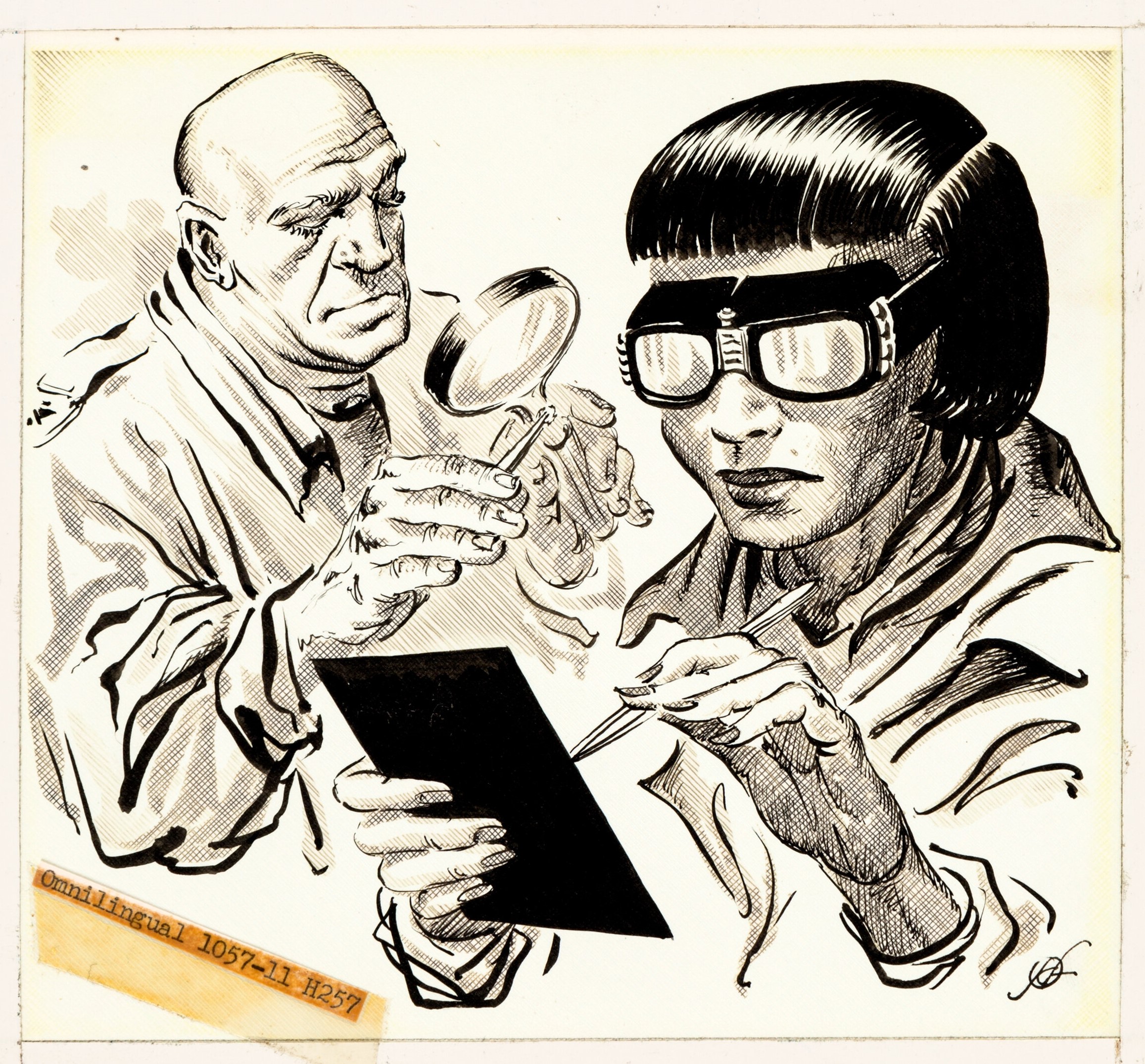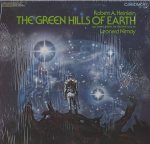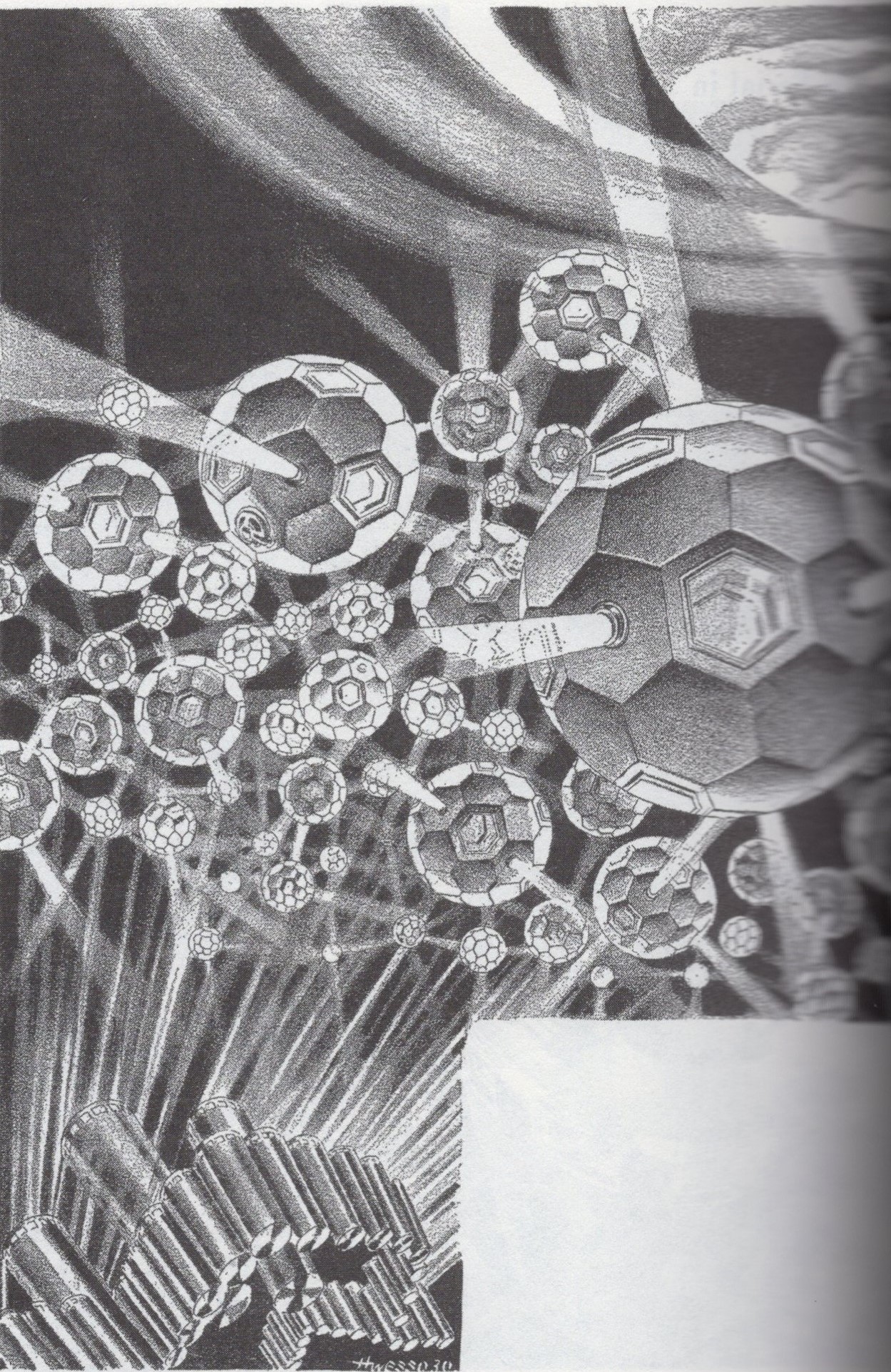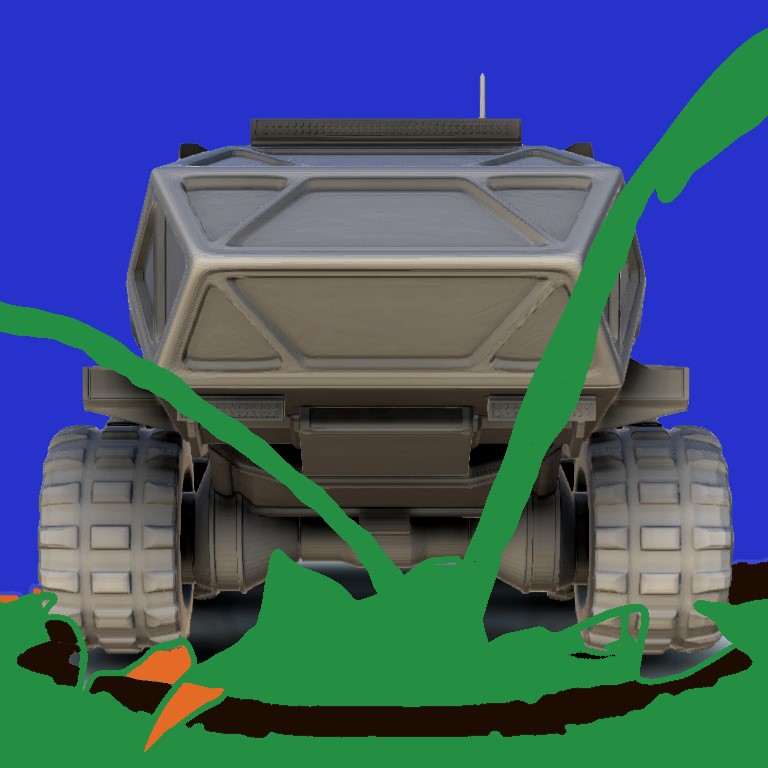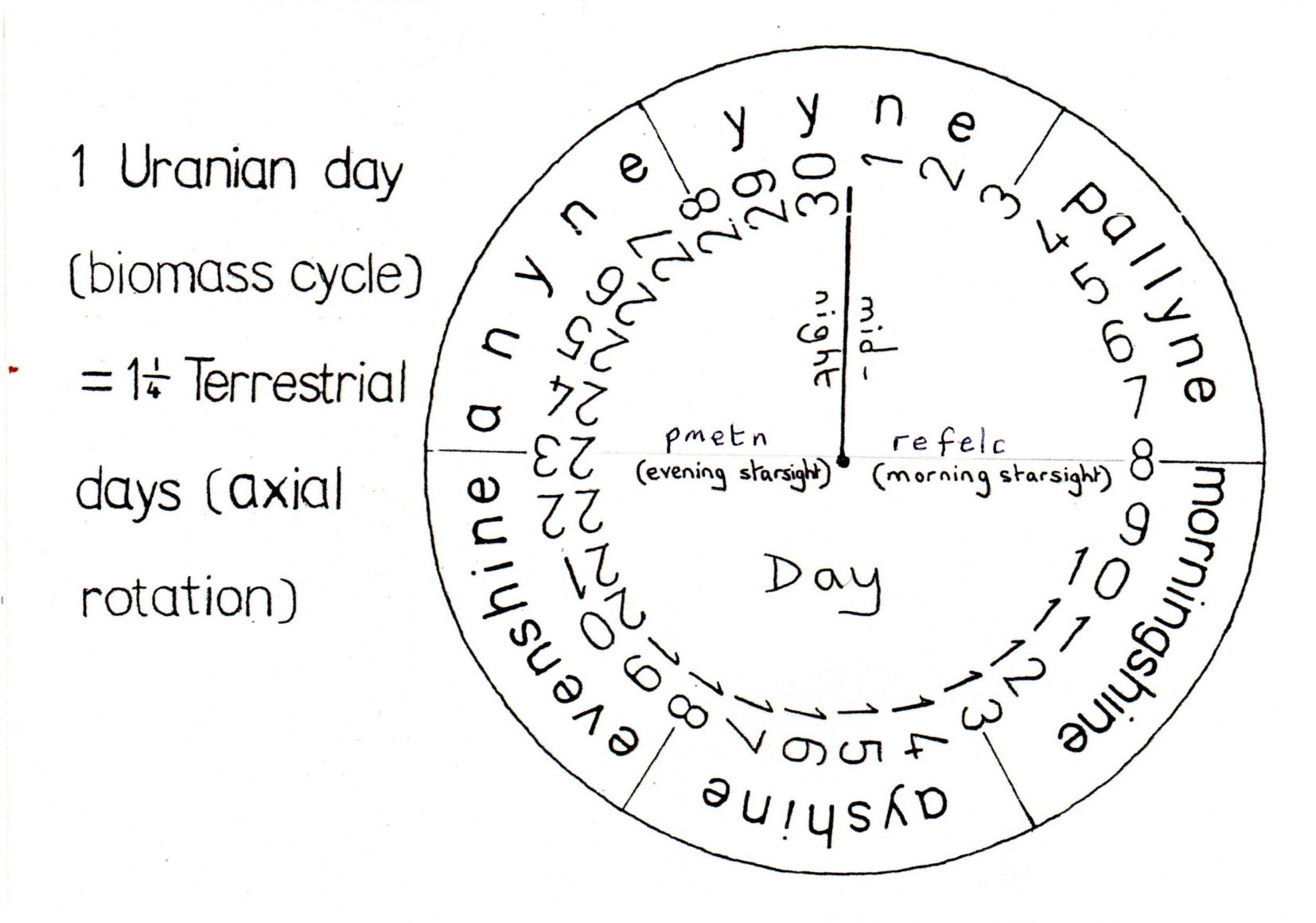- Home
- Your Views
- A (liberal) history of the solar system.
A (liberal) history of the solar system.
by Liam Hankins
(United States)

A while ago, I decided to compile a history of the solar system, and the opportunities that life had. What I found is astonishing. I subscribe to the 'liberal' theory of early habitability and life, so I try to see the best of our system. (I have included Wikipedia and scientific articles so people can do some more reading on these subjects.)
Our story begins 4.6 billion years ago, in which a dying star enters a stellar nursery. It goes supernova - it's called the primal supernova, and the shock wave creates the conditions for, potentially, a thousand stars to begin burning - our sun's twins, of which only two others are known today.
Primal supernova: https://www.space.com/35151-supernova-trigger-solar-system-formation.html
Sun's Siblings:
https://en.wikipedia.org/wiki/HD_162826
https://en.wikipedia.org/wiki/HD_186302
Mercury, despite my hopes, never had the conditions for life. It was once molten, which does have its own place in my heart, but it's not as exciting.
Venus is what I was surprised about. She was once Earth's twin - and is closer to us than any Martian life would be. Early impacts could have transported life from Venus to Earth, or vice versa, so perhaps we are evolved from Venusians, but there is no way to be sure. Taking two theories together, the Venus moon theory, which states that Venus experienced a Theia-like impact similar to ours, that gave it its moon, and you had similar development until about 715 million years ago. Now, to give context, Earth had just evolved its first animals - sponges and worms. Venus likely had something similar, or perhaps it was further along, due to the Late Heavy Bombardment's effects being lessened, as it was inwards of earth. But it goes like this: Venus's moon was unstable. It came crashing down, killing all life, destroying most, if not all, surface features. Further evidence for this is that Venus's rotation is slowing down, fairly rapidly, and in fact is likely to start rotating in the opposite direction. But things might not be over.(I did include a meme I made about this event, as the above image.) Patterns in the Venusian clouds could be aerial bacteria, feeding off the sunlight.
https://eos.org/articles/could-life-be-floating-in-venuss-clouds
https://sci.esa.int/web/venus-express/-/54064-3-spinning-venus-is-slowing-down
https://www.sciencealert.com/venus-may-have-been-habitable-until-a-mysterious-catastrophe-millions-of-years-ago
https://www.scientificamerican.com/article/double-impact-may-explain/
Earth. Everyone knows Earth. All I can add is that life first appeared potentially 4.1 billion years ago.
The moon is interesting. During the Late Heavy Bombardment(4.1-3.8 billion years ago), the moon was close, and molten. In fact, life could have survived on its surface for a period of 70 million years, with an atmospheric pressure of about 2x Mars's current atmosphere. As I stated with Venus, life could have even evolved here, but I doubt it.
Mars - I still love Mars, and in fact, I think I have may come up with the reason why Mars is dry(hint: it's not). The Late Heavy Bombardment and Tharsis brought life to Mars. Regular impacts led to warmer temperatures. The Tharsis bulge grew, via thousands of volcanic eruptions over hundreds of millions of years, spewing carbon dioxide into the atmosphere of young Mars, stopping/lessening 3.7 billion years ago. The growth of the Tharsis bulge also shifted the shoreline and the poles. Now, what happened? This is where current theories fall apart, none having an explanation for where all the carbon went. My personal theory is that cyanobacteria, or an equivalent, evolved, and converted much of the carbon to oxygen. From there, the oxygen was able to bond with the naturally high iron content in the soil of Mars, giving Mars the rust-red color we know and love. Or it was lost to the early, brighter, more temperamental sun. This happened slowly, over about a billion years, and every year, more ice formed, and didn't melt. Now, we get to the Mars we have today. My theory where the water is, is simple - it's still there. It gathered, and dust covered it. In fact, there are conflicting theories about why Mars's north polar basin is so flat. My theory is that it's flat because it's all ice beneath a layer of dust. Now, this theory doesn't account for everything. For example, from the ancient shorelines to the current 'land', it's three kilometres, and that water had to go somewhere.
Planet five. It formed, was about the size of our moon, and likely had no life. It was lost, and fell into the sun.
https://en.wikipedia.org/wiki/Planet_V
Jupiter. Early Jupiter was hit by a planet, with an estimated 10 earth masses - likely a gas giant. Now, Jupiter was bright. Looking at the Galilean moons, we see a pattern. The outermost, Callisto, is a mixed mass of rock and ice. Ganymede is mostly ice with rock on the surface, and Europa, well, has no rock on its surface. In the past, they were warmer. My best guess is that Io was molten, Europa had water exposed to sky, and Ganymede also had that, or perhaps a thin ice sheet. All three icy moons have a subsurface ocean, and due to their internal structure (ice protecting a subsurface ocean) they all have liquid water oceans.
https://www.reuters.com/article/us-space-jupiter/planet-10-times-earths-mass-may-have-smacked-jupiter-long-ago-idUSKCN1V528S
Saturn. The moons Enceladus, Dione, Rhea, and Titan have a liquid water ocean, beneath the surface. Titan is more complicated than I previously thought. For example, the surface is only a billion years old, and the atmosphere has to be replenished somehow. Perhaps some impact from another moon smashed the old surface, and Titan soon after that was a mix of thin ice sheets, oil slicks, and exposed water- but that's just a theory.
The Ninth Planet. Lost to the gulf of interstellar space- or perhaps it's still out there...
https://www.scientificamerican.com/article/orbital-forensics-hint-at-suns-long-lost-planet/
Uranus. Was hit by a small, rocky mass, which caused the tilt. Moons Miranda, Ariel, and Oberon potentially have a inner sea, had one in the past, or have scattered hollows of liquid water- once, they likely had full-on global oceans.
Neptune- specifically, Titan. Orbits Neptune the wrong way around. It's a captured body. Due to this, the early orbit was unstable, and caused tidal stress- and heating. Only until 50 million years ago did this stop, and while the global ocean has disappeared, there are still oceans beneath the crust.
Hope you enjoyed - I spent a lot of time on this.
{Z: This is an important article, on which I expect readers will wish to comment. It could be the basis for a key summary of the best realistic options for life in our Solar System, and that, in turn, provides us with a set of inspirations for tales which go beyond the realistic while yet keeping one tentacle-tip stretched back, as it were, to keep in touch with it...
One detail about Venus: if we're being realistic, I had heard somewhere that it wasn't likely that the inner planets could have had moons, because of the proximity of the Sun's overwhelming gravitational influence. I'm no mathematical physicist so I can't judge it for myself. But suppose it could have happened, then the idea of a crashed Venusian moon recalls, of course, Leigh Brackett's "The Moon That Vanished". A good example of the kind of fruitful relationship that exists between realistic and imaginative Solar System literature.}











































